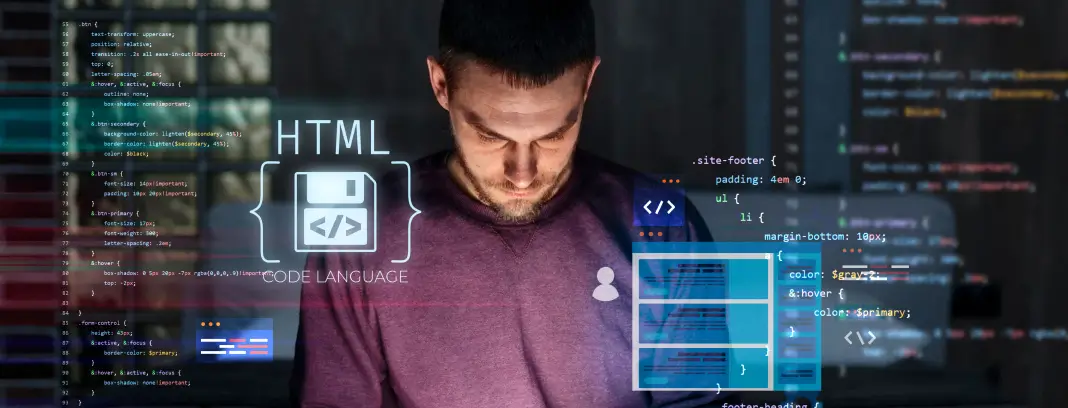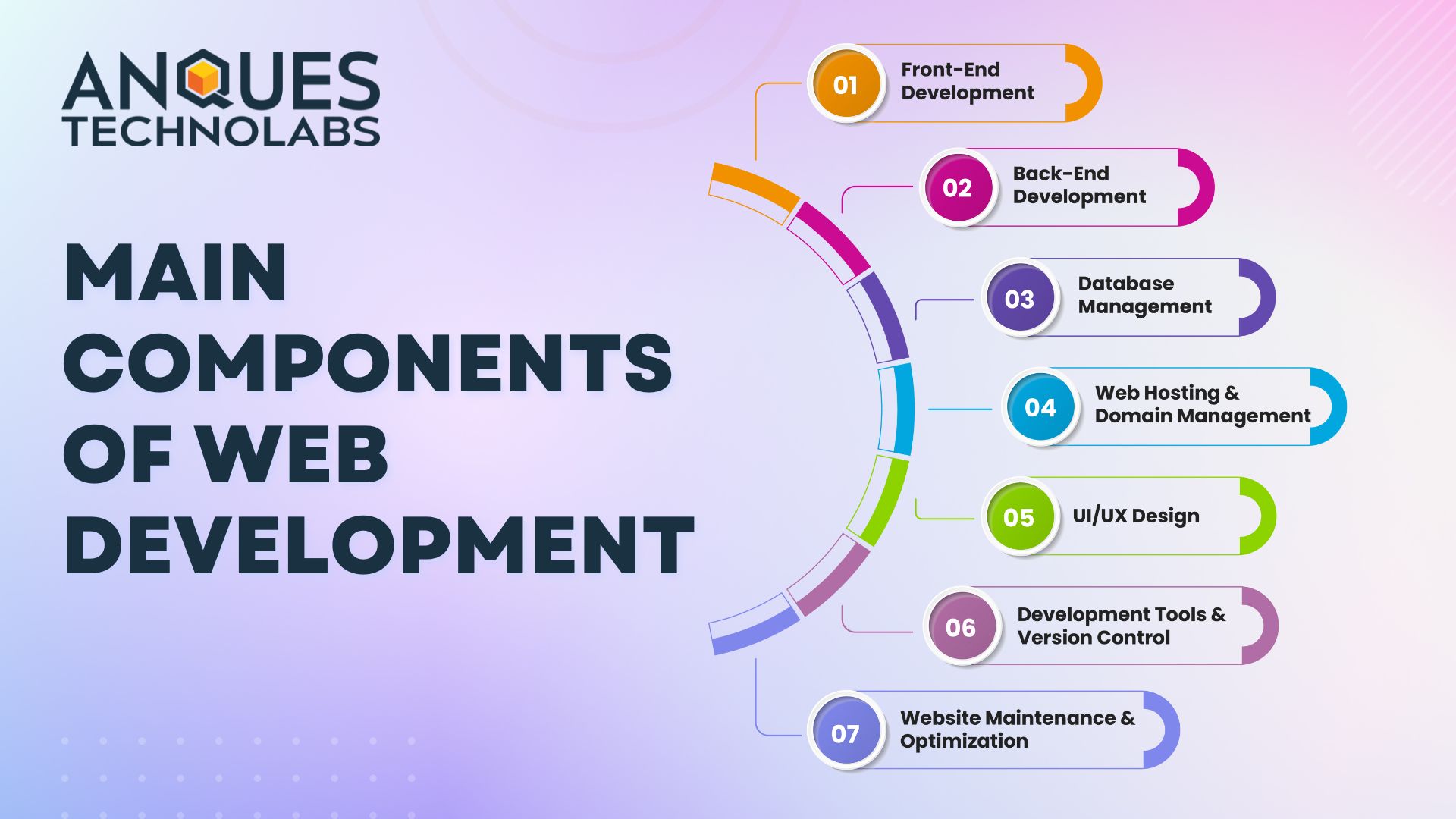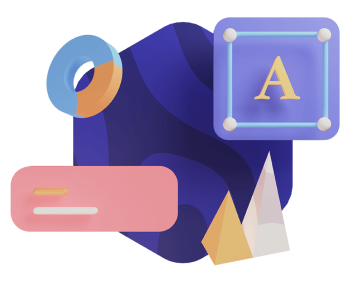In today’s modern world, the educational space has been completely transformed by smartphone technology. Many people have appreciated and welcomed these innovative changes.
The app has converted the learning industry, becoming the first unicorn to enter the market and securing a billion-dollar valuation in a short period of time.
It not only makes education more interactive and engaging, but it also adds a sprinkle of entertainment and fun. Most importantly, the app broadens learning while adhering to key standards of ease, effectiveness, and simplicity.
What is the process of creating an e-learning application?
Before you win and start your eLearning application development journey, it’s important to fully understand the various processes involved.
You can create a blueprint of the product that will cater to the needs of your end-users if you have a clear and precise idea of the concept and each individual phase.
The following is a representation of a process of the step-by-step process for creating an eLearning app:
1) Analyze and Idea
The foundation of a successful m-learning app is a strong concept and idea. Only then will it be able to evolve into a high-demand education platform. Consider the subjects that will be taught and how you will structure it to appeal to specific target audiences.
The research should be followed by a number of brainstorming sessions to assist you in moving on to the next stage of app development. Obtaining critical inputs and insights will also serve as a differentiator between you and your competitors.
Keep in mind that the app will only be useful if the concept is viable. This necessitates a thorough market analysis in order to test the app’s utility and viability with the target audience. If the outcome is positive, you can begin by developing a timeline for the app’s development.
2) App Design
One of the primary reasons eLearning apps have become so popular with students and parents is their simple interface and engaging app design. When creating your e-learning app, make sure the user interface is interactive and has engaging touchpoints.
The goal should be to provide users with comfort that will keep your audience coming back to you. The idea is to make the design decent enough to keep the user interested and interested in consuming more content in the long run.
Give importance to the fonts, colors, graphics, and so on. Make certain that these elements do not crowd the design in any way.
3) App Development
With the design UIs completed, the development process can begin. You start with the conceptual phase right away. This is critical because it contributes to the validation of the app concept and the features that you have chosen to include in it.
This stage consists of several phases and rounds of development and testing. The app must go through all kinds of testing phases, as well as bug fixes and the addition of any key features and functionalities.
4) Deployment
After completing the previous stages successfully, the app can be deployed on the operating platform of your choice. This could include the web, iOS, and Android.
Also read: Android vs iOS App Development: Which is the Best Choice for Your Business?
What are the main features of the mobile learning app?
This app has dividends into various categories:
- General Features
- Student Panel
- Admin Panel
- Advanced Features
What general features should your e-learning application have?
Consider the following general features that you must incorporate into your e-learning app:
1. Total Syllabus Coverage
Expert faculties are tasked with curating relevant study material for the subjects available on the application. They ensure that the final version of the content is well-rounded, in-depth, and organized in a way that is simple for students to understand and complete in a reasonable amount of time.
2. Interactive Aids
E-learning apps make use of visual and interactive aids, particularly in subjects such as physics, chemistry, and mathematics. These methods, which go beyond the traditional chalk-board methodology, make learning more interesting and appealing. The app’s video lectures emphasize student engagement and visual teaching mechanisms.
3. Chapter-wise Tests
As soon as the chapter concludes, the student should assess whether the knowledge gained is clear and concise. Mock tests and sample questions are built into learning apps to help students test and understand their learning curve.
4. In-Built Chat
In-app chats connect students with their personal mentors in the event that they require assistance.
5. Adaptive Learning
App learning can only be effective if it is capable of adapting to the needs of the students. This can be accomplished by using interactive and visually taught classes. Of course, the syllabus must be constantly revised and updated to meet the needs and expectations of the students.
6. Third-party Apps
To provide additional services to their users, e-learning apps must have the architecture in place to integrate with third-party apps.
7. Logistics Dashboard
If your E-learning app allows users to print hard copies of their learning materials, a logistics dashboard can come in handy. From a single platform, both the administrator and the user will be able to track the status of the shipment.
What features are available on the student panel?
The Student Panel serves as the app’s front end. The following are the top features visible on the app’s interface.
1. User Registration
Students can use the app after registering with a unique username/password, email address, phone number, or social media handles.
2. Login
To use the app’s services, students must first log in with their registered username, email address, phone number, and password.
3. Forgot Password
This is a standard feature that allows users who have forgotten their password to create a new one. This can be accomplished through the use of a mobile or email OTP system.
4. Profile Manager
Students can create their own profiles and fill in details such as school, class, interests, and so on. The Profile Manager also allows you to edit or delete this information based on the needs of the student.
5. Browse All Courses
Any mobile learning app must have a Course section. Students can browse the modules and select the subject that they want to study.
6. Search Courses
If a student is unable to locate a subject, the search bar can assist in locating it. By entering specific keywords, the results can be filtered to show only those categories that are relevant to the subject.
7. Course Detail on Click
Students can learn more about the courses by visiting the ‘Course Description’ section. This typically includes a brief description of the course’s content, chapter titles, an estimated timeline, and the course cost.
8. Purchase Button/Page
Courses must be purchased on any e-learning app. As a result, a purchase button or link should be placed in a convenient and visible location on the app.
9. Payment
To accept payments, the app should be linked to a variety of payment gateways such as net banking, debit and credit cards, wallets, PayPal, and so on.
10. Online Reader
As soon as the payment is successful, users should be able to click on a download button. They can also read the lessons on the app’s interface if an online reader is integrated.
11. Live Chat Support
Any tech-based application must have access to live chat. Students can immediately contact the appropriate department to resolve any issues or questions they may have.
12. Purchase History Dashboard
The purchase dashboard is a section in which users can view and track all of their app purchases. It typically lists the product as well as the fee paid.
13. Test
This is a section of the application dedicated to storing various tests and question papers. Students can choose to test their knowledge based on the lessons and chapters they have completed.
14. Shipment Status
This feature allows students to track the shipment status of their hard copy study material.
What should be important features of the Admin Panel?
This Admin Panel serves as the e-learning app’s backend. Take a look at the most important features.
1. Manage Themes
The app includes a number of themes that can be managed from the backend. The Admin can customize the look and feel of the user account based on the user’s interests and other parameters.
2. Manage Courses
The Administrator has the authority to add, revise, and delete courses added by expert tutors.
3. Manage Subscriptions
Again, the Administrator has the authority to add, edit, delete, and manage subscriptions that users wish to purchase.
4. Manage Users
The Admin has the ability to search, filter, edit, and delete all user information from the backend in accordance with the app’s terms and conditions.
5. Content Manager
The Admin Panel allows you to manage all the app’s content.
6. Statistics
Statistics such as the number of courses purchased, top courses, sessions delivered, payments, and so on can be viewed in the Statistics section of the Admin Panel.
7. Transaction History
Every user payment will be tracked in the Admin Panel’s Transaction History section. Once payment is received, the user account can be automatically activated.
8. Track Orders
The Admin can track study pack orders for hard copy materials using Track Orders.
9. Shipping
Hard copies must be tracked until they reach the intended recipient. This is done in the Admin Panel’s Shipping section.
10. Ticketing
An integrated ticketing solution can be extremely useful for providing solutions in a seamless manner.
11. CRM
CRM integration is essential for providing better customer service and initiating user engagement.
12. IVRS
Users can contact the service provider, which requires the installation of a dedicated IVRS system. This must be linked to the Admin Panel in order to route the caller to the appropriate department.
What additional features make your e-learning app great?
Advanced features such as these can be highlighted in your e-learning app:
1. Progress Tracking
Parents can view their children’s progress reports on the application. A summary of the chapters covered, active lessons, test scores, and a graphical representation of the learning curve are all very useful.
2. Lesson Reminders
Setting lesson reminders that can alert both students and parents is a feature that can distinguish your e-learning app. This prevents students from missing lessons unnecessarily.
3. Offers and Discounts
Referrals from existing customers are a great way to market your eLearning app and build a strong user base. You can reward your customers by giving them extra credit or discounted study materials.
4. E-commerce
As your app sells the courses being offered successfully, you can expand your eCommerce operations to sell bundled offers such as CD packs, educational tablets, and so on.
Read next: Healthcare Application Development 2022- Types, Trends, Features and Cost
Final Conclusion
When you try to create an m-learning app, you put a lot of thought, time, and effort into it. Contact the appropriate development team to assist in bridging the gap between your dream and reality. We are here to help you develop a high-quality eLearning app that will meet your needs and deliver value to users. If you would like more information about our services or would like us to develop an education app for you, please contact us today!
Anques Technolabs has been recognized as one of Top Educational App Development Companies by DesignRush.














